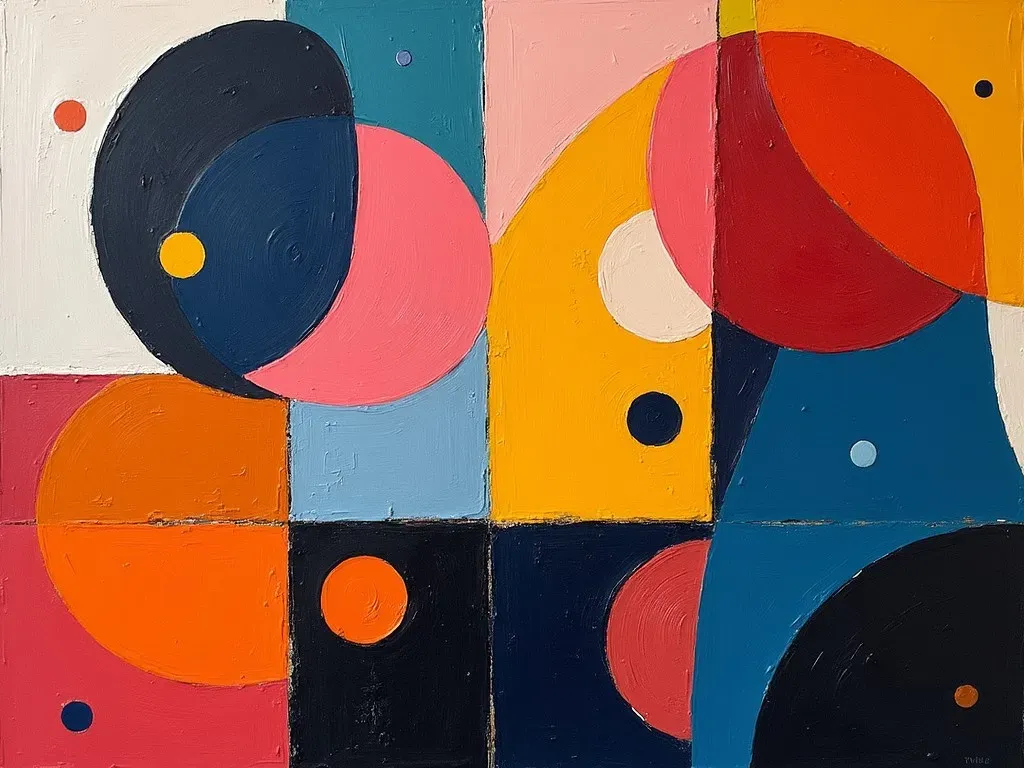Keyword: modern art paintings of women
Modern art has evolved to challenge traditional representations and create expressive interpretations of the female form and experience. The modern art paintings of women are not just a reflection of femininity but also explore complex narratives, social issues, and personal identities.
As women artists gain visibility and acknowledgment in contemporary art, their contributions encapsulate various styles and themes, inviting audiences to appreciate their unique perspectives. In the modern art landscape, female figures are frequently portrayed as both subjects and creators, often embodying empowerment, vulnerability, and the multidimensionality of femininity.
The Evolution of Female Representation in Art
Historically, women in art were often depicted through the male gaze, serving either as muses or idealized figures. However, modern art has shifted this dynamic significantly. Women artists are now reclaiming their narratives, portraying themselves and their peers in ways that celebrate individuality, strength, and resilience.
Key Facts on Women Artists in Modern Art
| Fact | Description |
|---|---|
| First female retrospective | Élisabeth Louise Vigée Le Brun has the first retrospective at the Met in over four decades. |
| Percentage representation | In the early 1800s, only 7-15% of artists at major salons were women. |
| Recognition in contemporary art | The National Gallery and MoMA have exhibited numerous works by modern female artists. |
Modern artists like Tala Madani, whose satirical paintings explore modern femininity, demonstrate this shift by tackling themes surrounding gender and social dynamics. Their works often include subversive elements that invite deeper contemplation about societal norms.
Influential Modern Women Artists
Julie Mehretu
Julie Mehretu is an Ethiopian artist renowned for her large-scale abstract paintings that integrate maps and architectural elements. Her works convey themes of displacement and globalization while using vibrant colors and energetic brushstrokes to create a sense of urgency and dynamism.
Anna Park
Emerging artist Anna Park creates expressive works using charcoal, focusing on detailed portrayals that often reflect deep emotional narratives. As a graduate of the New York Academy of Art, her unique style has attracted attention and appreciation within the art community.
Marjorie Strider
A pivotal figure in the pop art movement, Marjorie Strider plays with the visual language of culture in her works. Her piece "Girl with Rose" showcases her distinctive approach to femininity and allure, utilizing acrylic on plywood, which brings a unique physicality to her feminist commentary.
Forms and Techniques in Modern Art Paintings of Women
Diverse Styles
Modern art paintings of women can be classified into various styles, encompassing abstract, figurative, and conceptual approaches. Artists often use mixed media, layering Techniques, and bold color palettes that do not conform to traditional norms.
Popular Styles in Modern Art:
- Abstract Expressionism: Emphasizes spontaneity and emotion.
- Pop Art: Challenges stereotypes through bold imagery and cultural commentary.
- Feminist Art: Focuses on gender, identity, and social issues.
Techniques and Mediums
Artists like Julie Mehretu often explore textural layering in their works, using techniques that integrate digital elements with traditional painting practices. This method creates a rich visual tapestry that engages the viewer on multiple levels.
- Layering: Combines multiple mediums, adding depth and complexity.
- Charcoal Drawing: Used by artists like Anna Park to convey emotion and precision.
Thematic Elements in Modern Art Paintings of Women
-
Identity and Self-Expression
- Artists advocate for the representation of diverse identities and experiences, capturing the nuances of womanhood.
- Works reflect personal narratives, cultural backgrounds, and universal themes of love and loss.
-
Empowerment and Agency
- Many pieces portray women as powerful figures, depicting strength and autonomy.
- The rise of feminist art has empowered artists to redefine traditional roles and celebrate female agency.
-
Social Commentary
- Modern women artists often use their work to comment on societal issues, highlighting topics such as gender dynamics, body image, and sexuality.
- Paintings sometimes include absurdist or satirical elements to challenge conventions and provoke thought.
Female Representation in Modern Art: A Statistical Overview
| Year | Percentage of Women Artists | Major Exhibitions |
|---|---|---|
| 2000 | 12% | Various galleries showcase female artists. |
| 2010 | 20% | Growth in recognition of women artists. |
| 2023 | 40% | Significant milestones in female representation. |
Notable Exhibitions and Collections
Museums around the world are increasingly showcasing modern art paintings of women, spotlighting the importance of their contributions.
- MoMA: Features works by female artists in their online collection. MoMA Women Artists
- National Gallery of Art: Introduced exhibitions that focus on women artists in contemporary culture. National Gallery
Frequently Asked Questions (FAQs)
What defines modern art paintings of women?
Modern art paintings of women are characterized by their focus on female identity, experience, and cultural narratives, often employing innovative styles and techniques.
How have women artists changed modern art?
Women artists have reshaped modern art by insisting on representation, exploring complex themes, and creating diverse experiences through their work.
Who are some prominent modern female artists?
Prominent artists include Julie Mehretu, Tala Madani, Anna Park, and Marjorie Strider, who all push boundaries in their respective mediums and themes.
How can I appreciate modern art paintings of women?
Consider the context of the pieces, the narrative being portrayed, and the techniques used by the artists. Engaging with the artwork both emotionally and intellectually enhances appreciation.
Image:Modern Art Paintings Women
In conclusion, the world of modern art paintings of women is rich and diverse, made vibrant by the multitude of voices and perspectives of female artists today. Each painting tells a story of struggle, strength, and creativity, inviting viewers to explore new dimensions of art and gender.
